Crossrail, or the Elizabeth Line, is set to revolutionize London transport, with high-speed trains running from east to west underneath the UK capital.
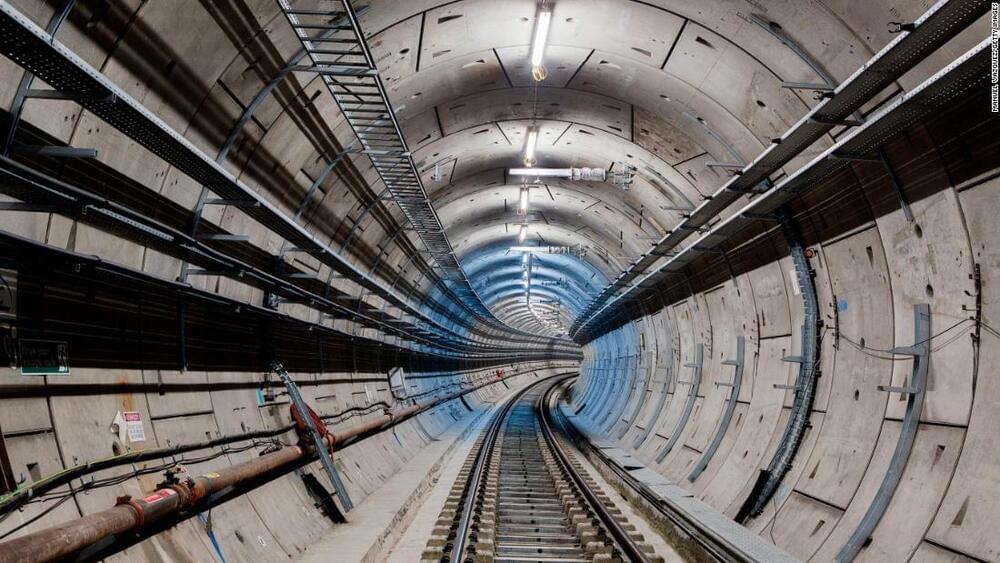

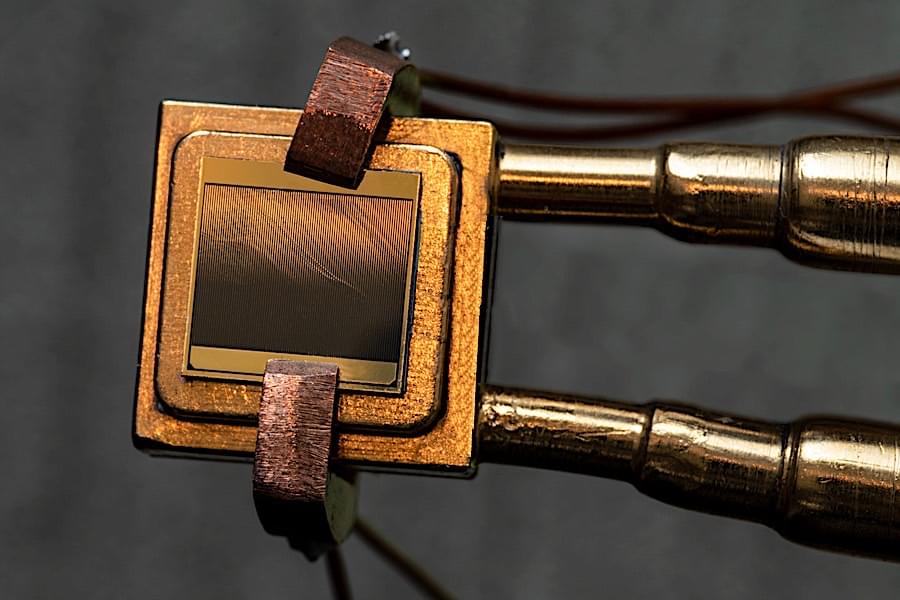
There are so many paths we humans are running down in our chase for a greener future it’s extremely hard to keep track of everything. The auto industry is trying to go electric, either by means of batteries or hydrogen, the aviation industry is going for biofuels, while energy production and storage, well, this one is all over the place, betting on anything from the sun to the wind and nuclear.

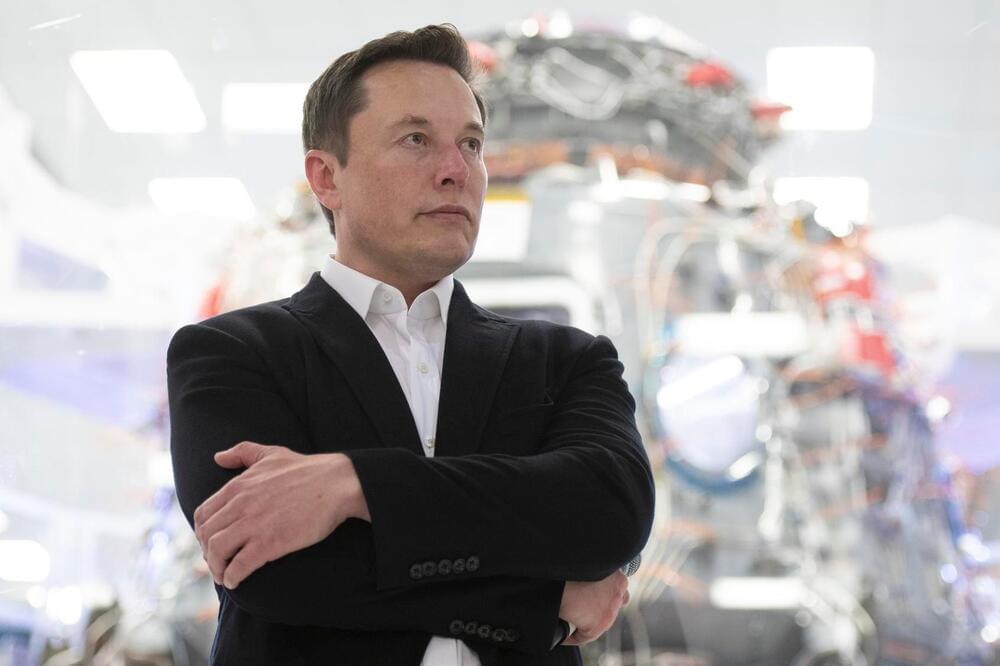
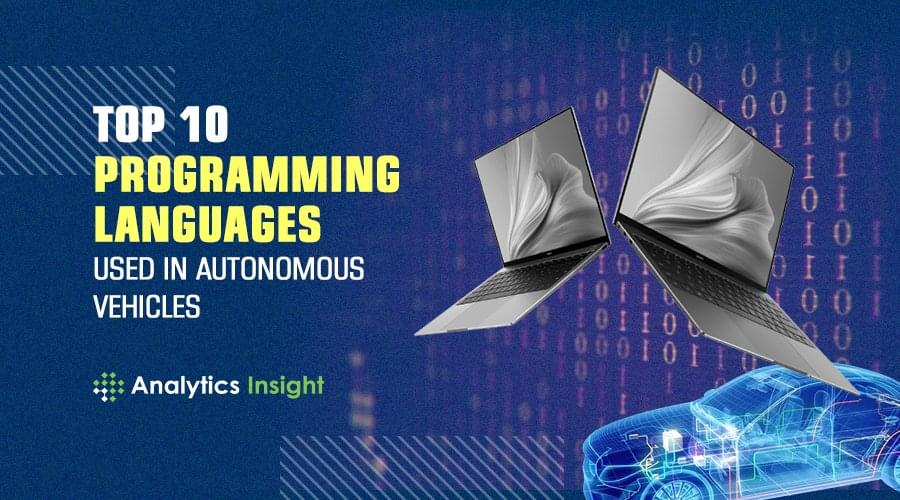

A team of researchers at Stanford University, working with a colleague at the Chinese Academy of Sciences, has built an AI-based filtration system to remove noise from seismic sensor data in urban areas. In their paper published in the journal Science Advances, the group describes training their application and testing it against real data from a prior seismic event.
In order to provide advance warning when an earthquake is detected, scientists have placed seismometers in earthquake-prone areas, including urban areas where quakes do the most damage and harm or kill the most people. But seismologists have found it troublesome to sort out seismic data related to natural ground movements from data related to city life. They note that human activities in cities, such as vehicles and trains, produce a lot of seismic noise. In this new effort, the researchers developed a deep learning application that determines which seismic data is natural and which is man-made and filters out those that are non-natural.
The researchers call their new application UrbanDenoiser. It was built using a deep-learning application and trained on 80,000 samples of urban seismic noise along with 33,751 samples from recorded natural seismic activity. The team applied their filtering system to seismic data recorded in Long Beach, California, to see how well it worked. They found it improved the level of desired signals compared to background noise by approximately 15 decibels. Satisfied with the results, they used UrbanDenoiser to analyze data from an earthquake that struck a nearby area in 2014. They found the application was able to detect four times the amount of data compared to the sensors without the filtering.

The notion of self-driving vehicles is currently met with equal parts wonder and alarm. But a new study reveals how the pros may outweigh the cons as a business strategy.
An article titled “Impact of Autonomous Vehicle Assisted Last-Mile Delivery in Urban to Rural Settings” determines that this technology reduces the completion time of delivery tours and provides the most cost-effective business model. It appears in Transportation Science.
“The starting point of this paper involved the United States Postal Service announcing its idea to start using autonomous vehicles in rural routes,” said Sara Reed, assistant professor of business analytics at the University of Kansas.

What if you could travel from New York to Los Angeles in just under seven hours without boarding a plane? It could be possible on a Maglev train.
Maglev — short for magnetic levitation — trains can trace their roots to technology pioneered at Brookhaven National Laboratory. James Powell and Gordon Danby of Brookhaven received the first patent for a magnetically levitated train design in the late 1960s. The idea came to Powell as he sat in a traffic jam, thinking that there must be a better way to travel on land than cars or traditional trains. He dreamed up the idea of using superconducting magnets to levitate a train car. Superconducting magnets are electromagnets that are cooled to extreme temperatures during use, which dramatically increases the power of the magnetic field.

Circa 2018
Many electric bicycle manufacturers claim that their e-bikes can go far, but only one can claim that their bikes go the farthest. With a Guinness world record breaking 367 km (228 mi) distance on a single charge, Delfast’s Prime electric bicycle takes the cake when it comes to long range electric bicycles.
Delfast Bikes, a Ukranian-based electric bicycle company, began their e-bike aspirations as a Kickstarter campaign just over a year ago, raising the initial funding necessary for the manufacturing of a first run of e-bikes in a single day.
Now, Delfast’s head of communications Dima Buhanevyc is announcing that the first run of e-bikes has been delivered to the Kickstarter backers and that the company is going into full production of their two most popular models, the Prime and Top.
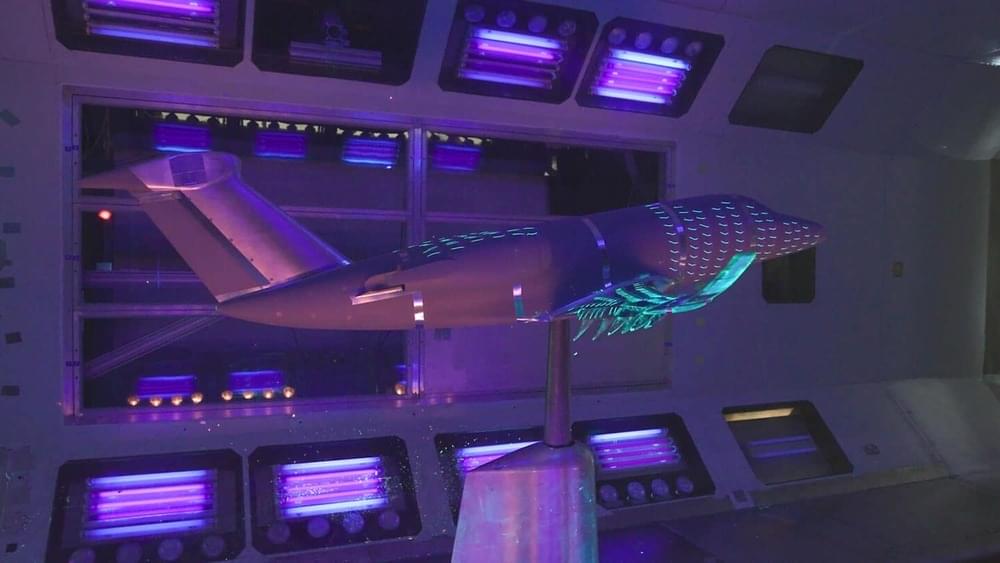
Airbus has completed wind-tunnel testing of its eXtra Performance Wing demonstrator in its quest to quickly test and accelerate advanced innovative technologies that will decarbonize the aviation industry. The demonstrator model was tested in the Filton wind tunnel near Bristol, England.
Launched last September, the eXtra Performance Wing project takes inspiration from nature to improve wing aerodynamics and performance. It is intended to be compatible with any future aircraft configuration and propulsion system to reduce CO2 emissions.
To make a more efficient aircraft with lower carbon footprints, Airbus is testing wing technologies that are based on the behavior of bird flight with wings. Initially, the technology was introduced at a smaller scale through another Airbus project, AlbatrossONE, which tested semi-aeroelastic hinged wings that – like the seabird – unlocked during the flight when experiencing wind gusts or turbulence. Now, the eXtra Performance Wing will also examine new technologies, including gust sensors, pop-up spoilers, and multifunctional trailing edges to enable active control of the wing.